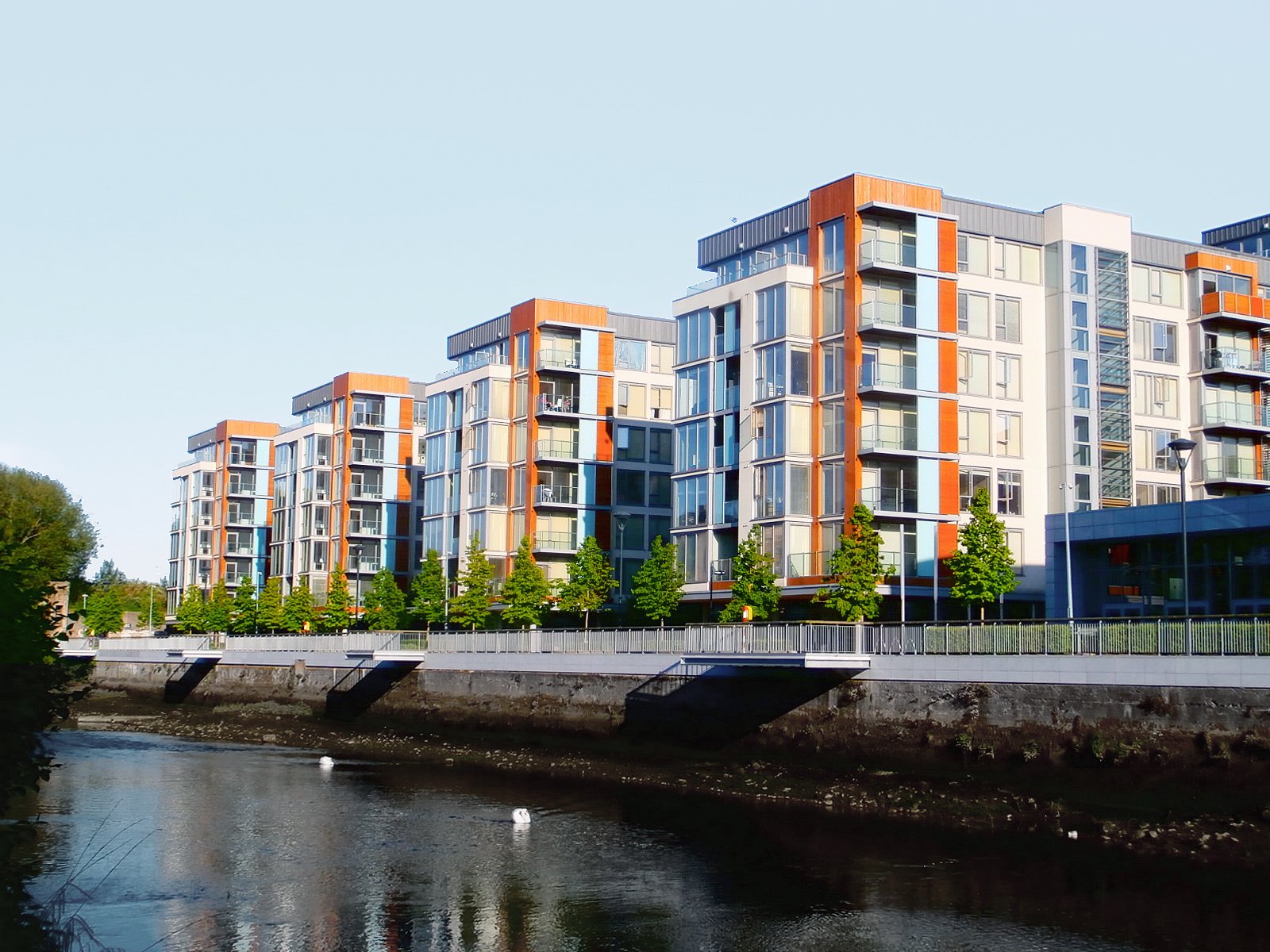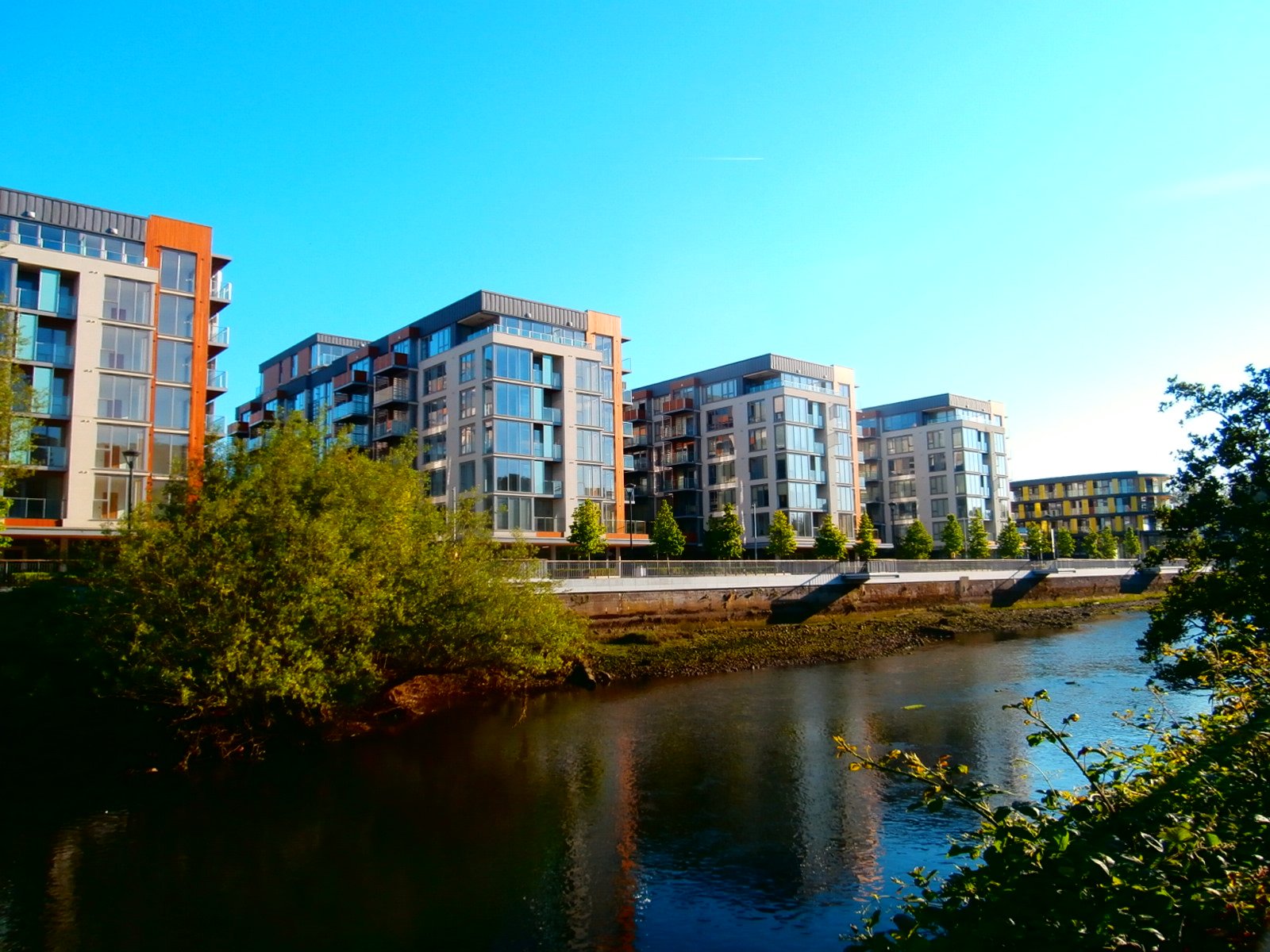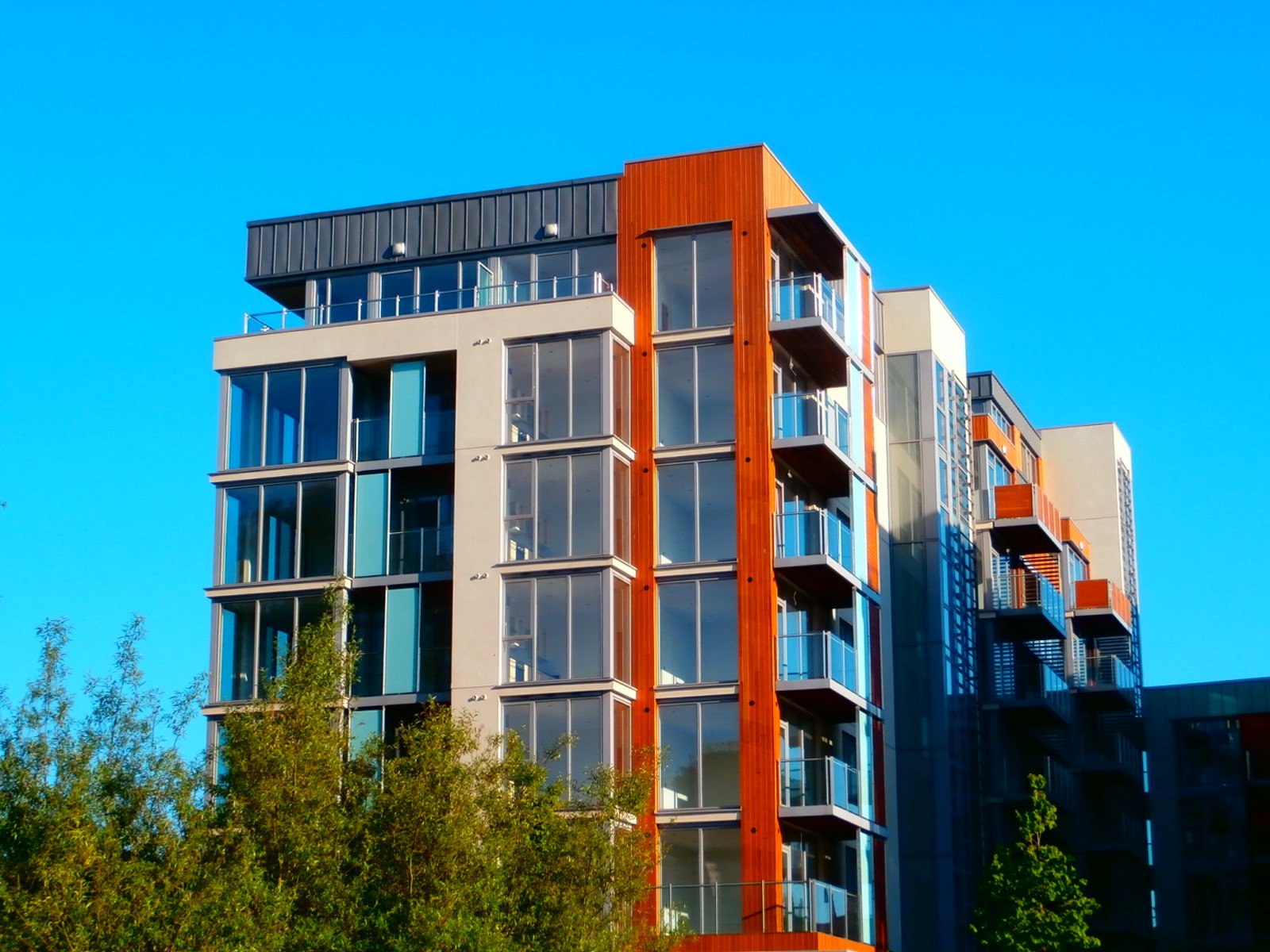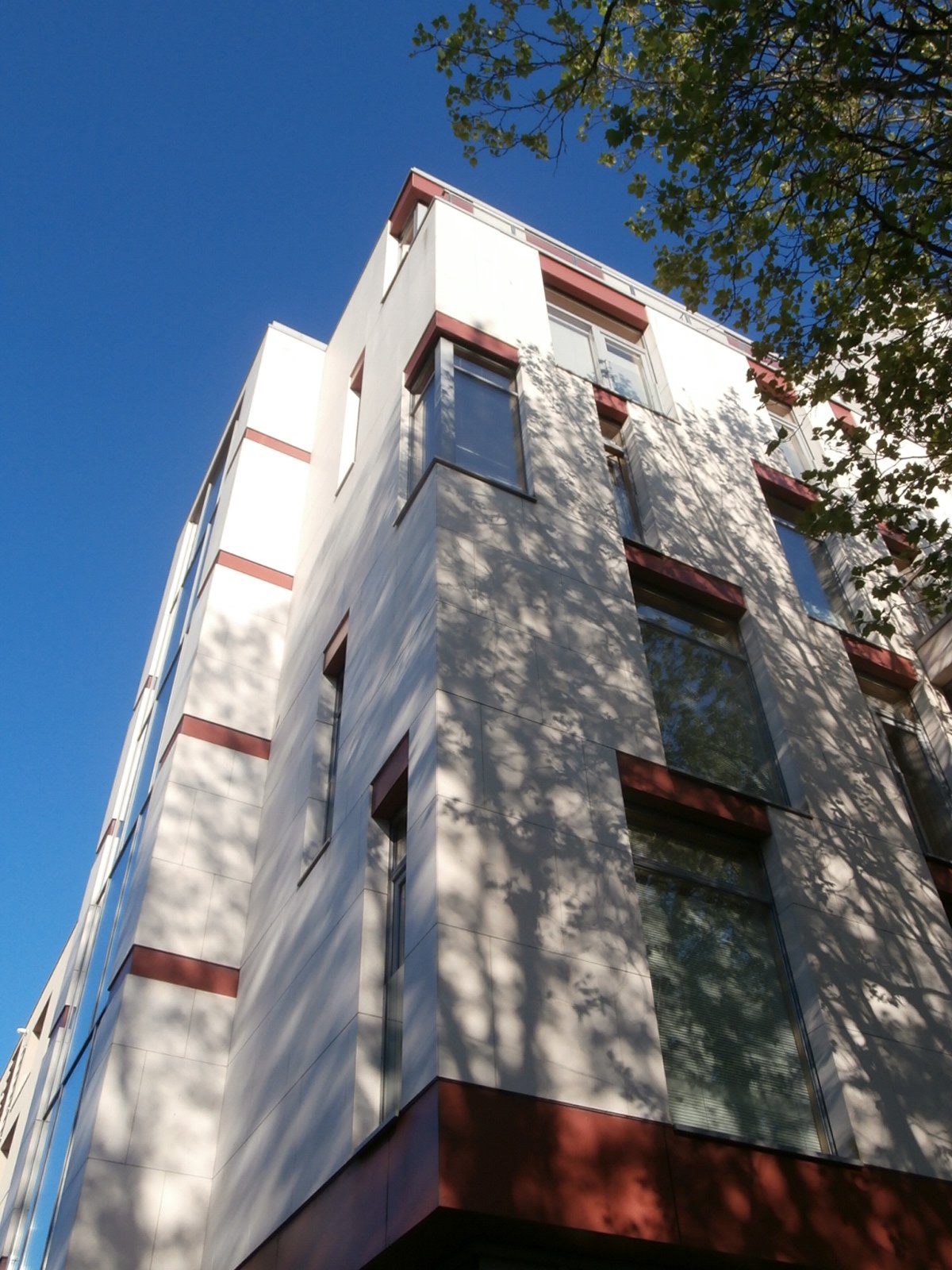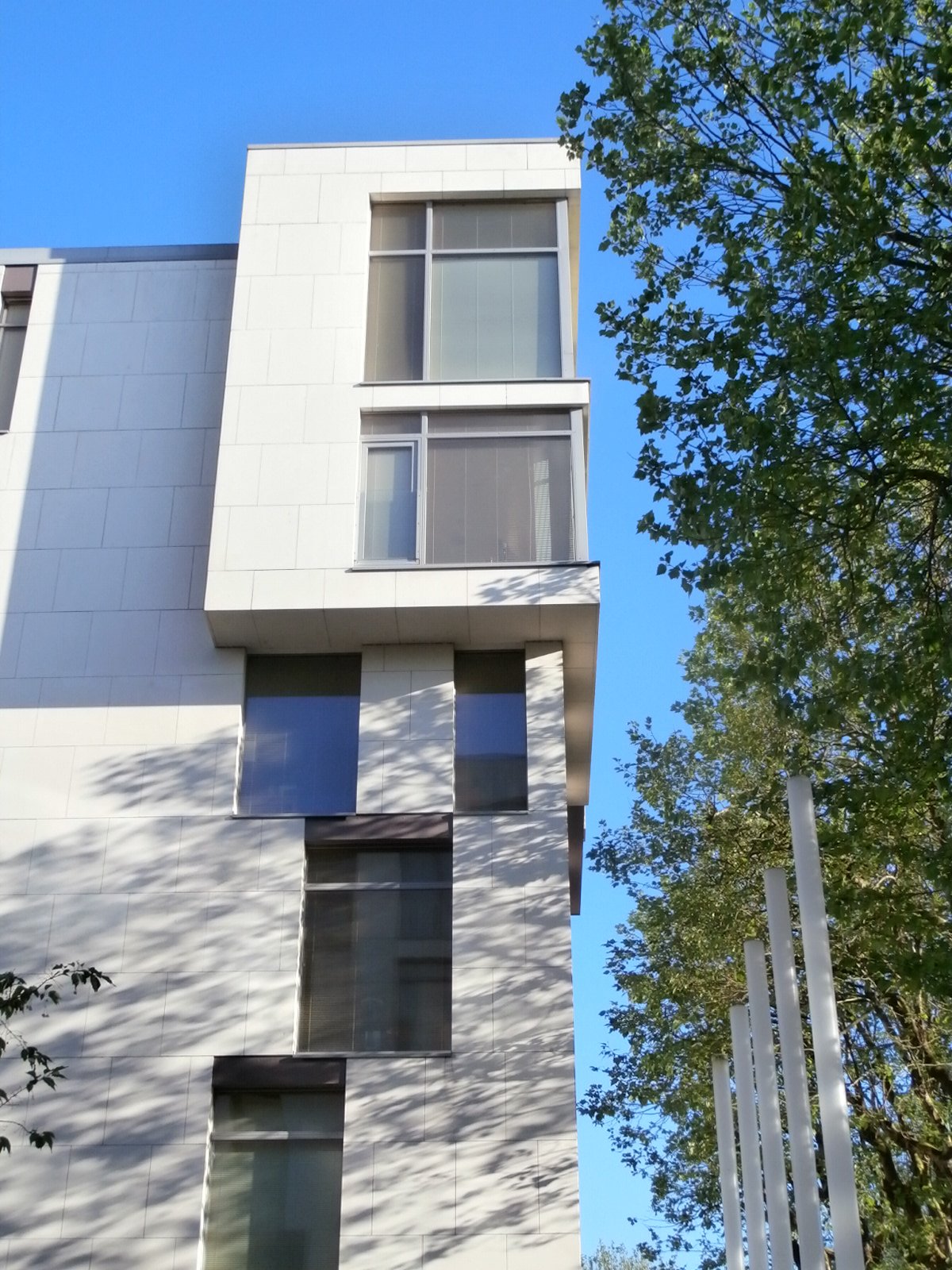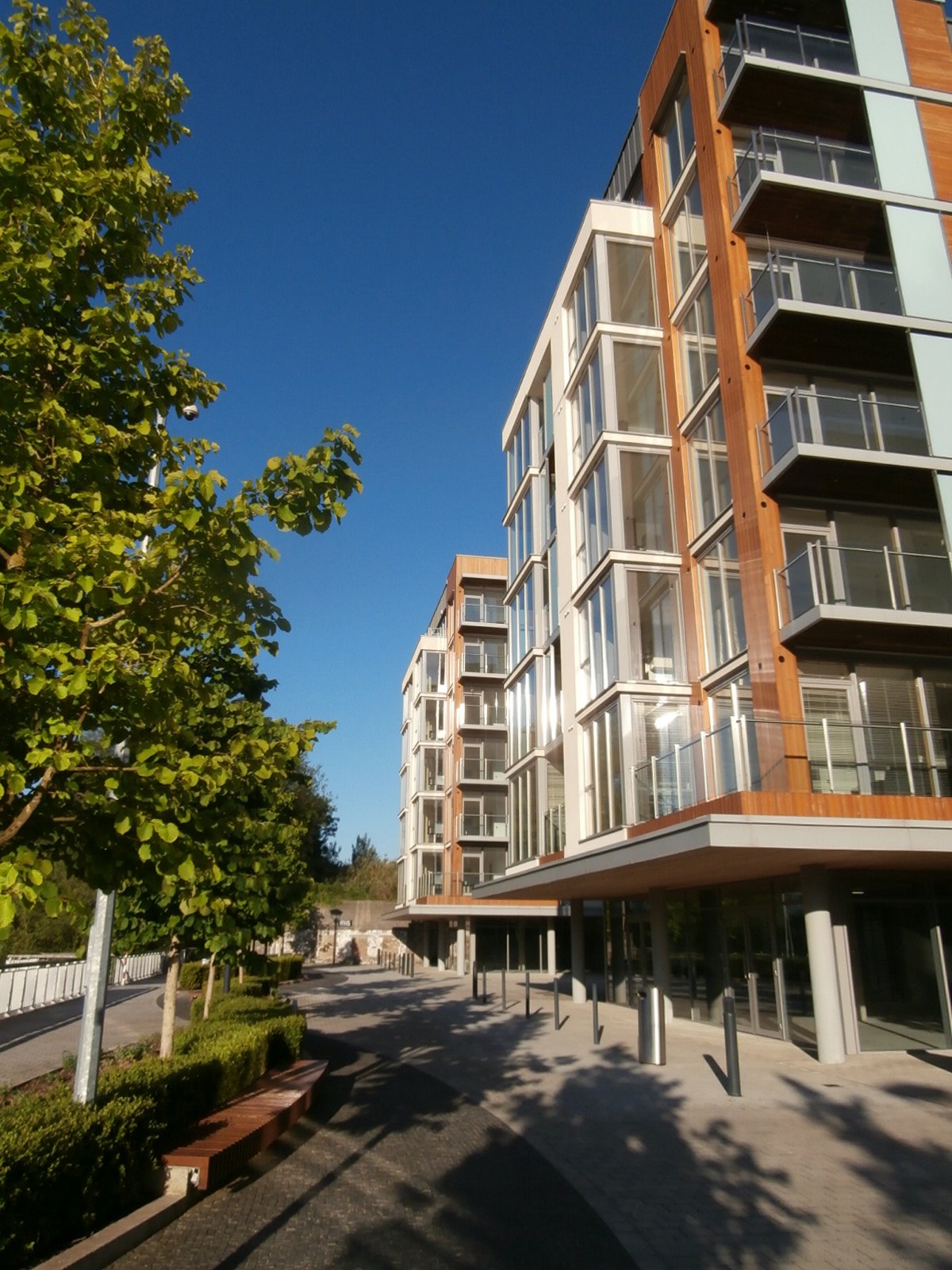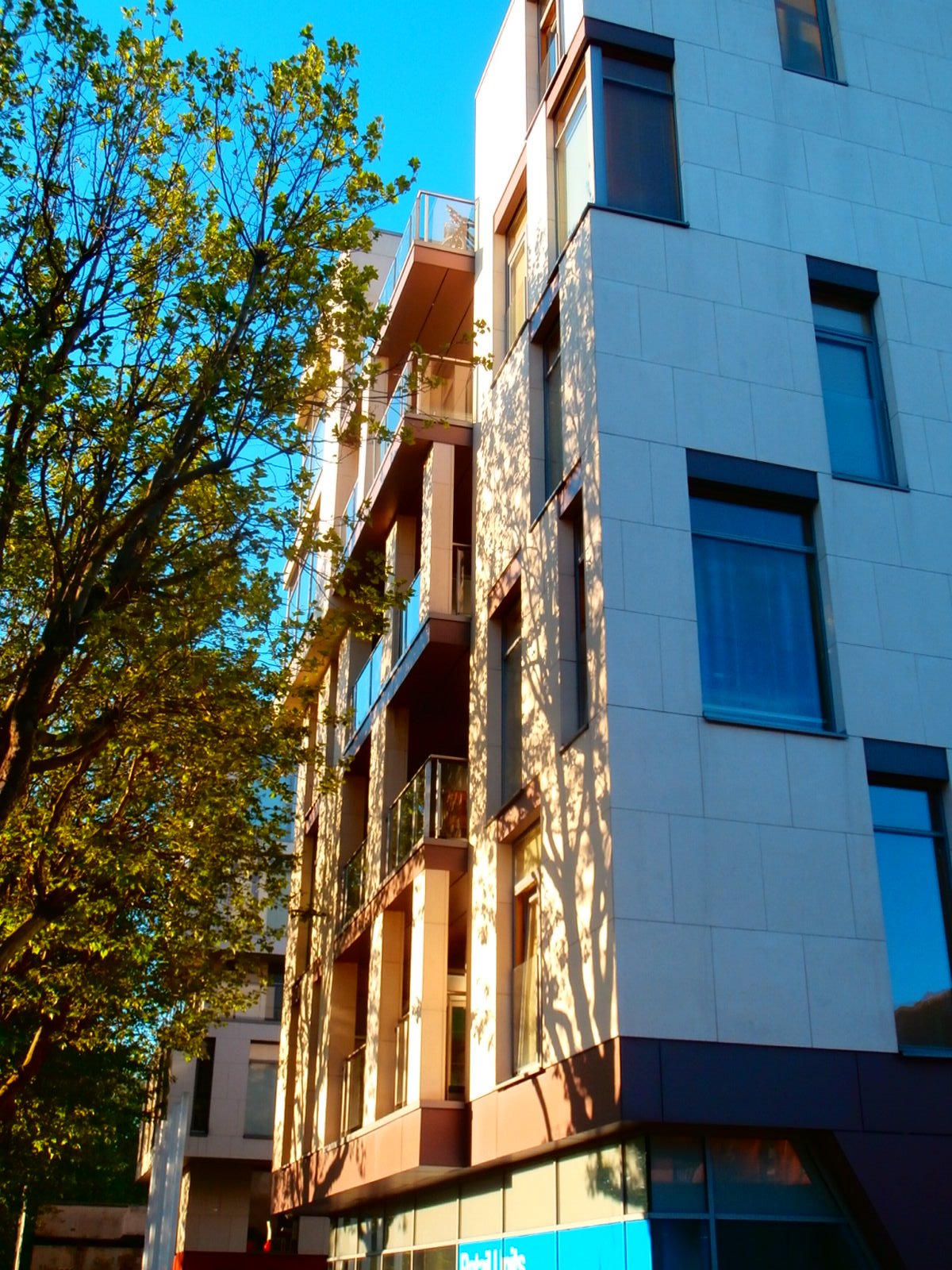Transforming the former 19th century Clancy Barracks into a residential-led mixed use scheme
We take a look back at Clancy Quay in Dublin, the former 19th century Clancy Barracks which was transformed into a residential-led mixed use scheme including retail units, cultural uses, a pharmacy, community centre, leisure centre and 15 storey hotel. The 98,000 sqm development also provides over 730 apartments in 33 buildings, with view of the River Liffey and Island Bridge.
Appointed as the design and delivery architects, HKR ensured consideration was given to 12 existing listed buildings on the site which were retained and sensitively refurbished, whilst creating modern buildings that complement the older ones.
The scheme was designed to be constructed in three phases. Phase 1 formed the river frontage to the site, with seven to nine-storey finger blocks arranged with open landscaped courtyards. An additional ten blocks completed the ensemble back to the South Circular Road.
Each building was designed with its own identity in terms of scale, mass, and material and the overall scheme was brought together by creating a permeable site where pedestrian access is at ground level while vehicular access is concealed from view in the two-storey basement below.
HKR also created a series of plazas which were interconnected by a primary central pedestrian route running north to south. This route runs through to the formal Cambridge Square flanked by low rise two-storey renovated buildings to the more fluid Ordnance Square, envisaged as a cultural market plaza nearer the river, which supports local outdoor activities.
The boardwalk connects the entire river front to the North of the site, with coffee shops, bars and restaurants opening onto the promenade. Also of great importance to the project were the views between Phoenix Park and the Museum of Modern Art, both of which are located on elevated positions on either side of the site.



